With all the hype over President Trump’s first 100 days that fell within this Easter season, perhaps a reflection on the first 100 years of the church is in order.
The experience of the early church is important for us, for it provides a norm for how we are to live and grow both as disciples and a church community. Because those earliest believers had the grace of either knowing Jesus personally or hearing about him as a second or third generation, we turn to them and their imaginations of how the Spirit was moving them to live Jesus as the first Christians.
We hear at Mass, especially in the readings from the letters of St. Paul, that different communities, such as the church in Rome, Ephesus, Galatia, and Corinth, for example, were each growing and struggling with different matters of faith. Despite many differences and distinctions, these churches were still united in their belief in Jesus, their faith in his resurrection, and their celebration of the Eucharist, all sustained by the power of the Holy Spirit. There was no uniformity, but unity abounded. A plurality of church experiences was the norm for the early church.
These communities could be similar to different parishes or dioceses throughout the world, each dealing with its own issues. Many theologians argue that the different traditions of Christianity itself are another expression of such plurality. Some communities may be struggling keeping a parish school open, others are working to integrate new ethnicities, and others could be working on dealing with fewer worshippers or no resident priest. These individual themes likely prompt challenges in charity, planning, worship styles, or even justice.
Again, we have today different expressions of our Catholic faith in the seemingly countless parishes throughout the world. Like no two family homes are the same; neither are parishes. Some are more traditional in their worship; others, more contemporary. Some may emphasize a vigorous commitment to Catholic social teaching; others, traditional devotions bring parishioners together. Among poorer churches, social services and joyful prayer are essential; among wealthier parishes, helping sister churches is a priority. Of course, all of these can be present in all communities, though the limitation of resources such as time, energy, people, and financial support are a reality. Nevertheless, like the early church, we are today united in our desire to live Jesus, our faith in his Gospel, and the prayer of the mass. We have unity, but not uniformity.
The eminent Scripture scholar, Fr. Raymond Brown, SS, in his seminal book, The Church the Apostles Left Behind, reminds us that differences in the church are never a threat but an opportunity to celebrate the power of the Holy Spirit honoring the rich diversity of the human family as we seek to love and serve God and share the message and promise of the life of Jesus with the world. Thankfully, there is no one way to do this.
St. Francis de Sales once wrote that “the church is a garden patterned with unlimited flowers.” This beautiful image during these spring and Easter seasons tells us to rejoice in the vast diversity of the faith expressions of the Christian believers. Our earliest disciple-ancestors would be very proud.




